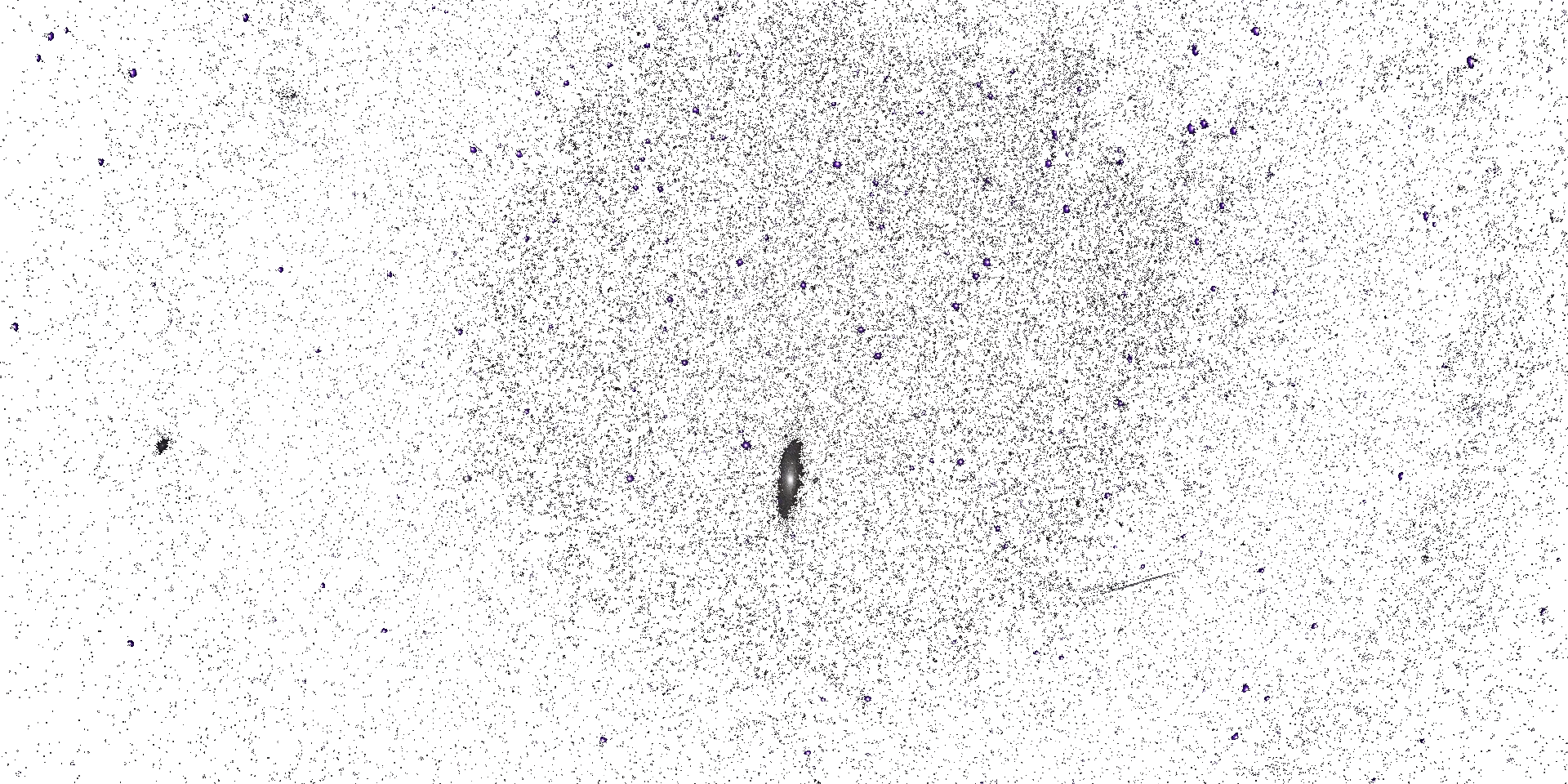




Space Climate 8 Meeting Abstract
Galactic Cosmic Rays as Remote Probes of the Inner and Outer Heliosphere
Jozsef Kota (University of Arizona)
Galactic cosmic rays (GCRs) are energetic charges particles. Their vast energy range extends from Mev to 10^20eV, the bulk of the radiation reaching Earth is produced by supernova explosions, and falls in the GeV range.The Earth is largely protected by its magnetosphere and atmosphere. The heliospheric magnetic field carried out by the solar wind and extending to over 100 AU provides another effective shield, so that less than 20 percent of the interstellar radiation penetrates to Earth's orbit..
The GCR intensity reaching Earth changes on long and short timescales. Most prominent of these are the 11 and 22 year cycles that ocurs in inverse correlation with solar activity. We shall discuss the major mechanisms and drivers of the modulation process with special emphasis on the role of the large-scale particle drifts and the tilt of the heliospheric current sheet (HCS), which are still not fully understood.
Because of their large mobility, GCRs offer a unique tool to explore remote areas of the Heliosphere, that, so far, remained inaccessible for in-situ observations. As an example we shall briefly discuss GCRs in the 10 GeV to TeV range, which are few in number but can give valuable remote observations on transient events between the Sun and Earth,as well as in the study of the magnetic field close to the Sun.
Mode of presentation: oral (Need to be confirmed by the SOC)
